PDF chapter test TRY NOW
Lizards:
Lizards belong to the group of reptiles, which has nearly over 5000 species on the earth except in Antarctica. They are the most diverse and successful reptile group that lives and exist today in various habitat.
1. When compared to snakes, lizards are scaly-skinned reptiles that possess legs, eyelids (movable) and external ear openings.
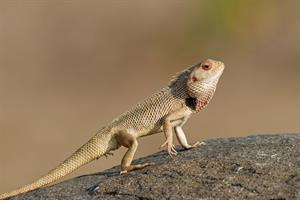
Scally lizard
2. Inhabits mostly in the warm region, quadrupedal (has four legs), and has powerful limb. Some lizard runs bipedally with two legs.
3. A some species of lizards have the capacity to rotate the head around the head joint.
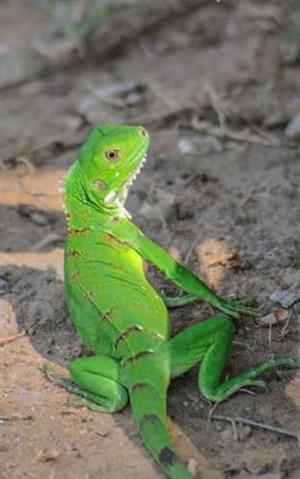
Head rotation capability of lizards
4. Lizards breathe through the lungs. The tail is held backwards and upward to act as a counterweight. The tail can detach or shed when it needs to escape from the predator. Thus, the tail is used as a defence mechanism. The tails can, however, regrow after the detachment.
The tail can also store fat. The tail thus provides a food source during starvation and reproduction.
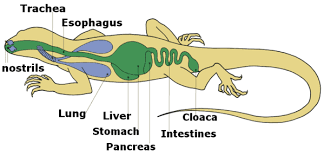
Anatomy of lizard
5. They eat various insects like cockroaches, mosquitoes with sharp, tricuspid teeth that help catch, grab, grip, and cut prey. In few lizards, the tongue is also sharp, with spiky scales used to capture the prey.
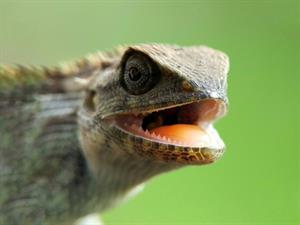
Teeth patterns of lizards
6. Lizards like Gecko have webbed feet to glide or parachute in the air to make soft landings. Dinosaurs also had webbed feet.
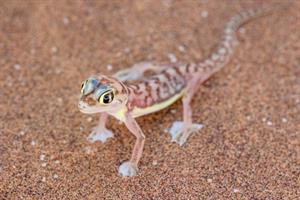
Gecko
Lizards that inhabit water have webbed feet (the skin in between the fingers) to help them to swim fast.
7. Lizards that live in deserts have sharp claws used to dig holes, burrows to escape the sun's heat in the desert and search for food. For some of the species, the sharp claws help them to climb trees
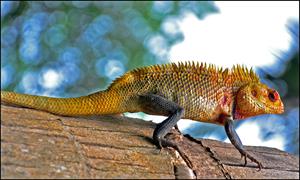
Lizard claws
8. Chameleons, a type of lizard, can change colour and camouflage according to the environment, according to the mood, in response to light, when frightened, in response to temperature, and surroundings. Iridophores are responsible for the change of colours.
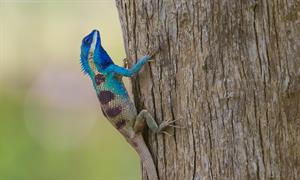
Chameleon
This video below explains how a chameleon changes colour:
Reference:
https://www.britannica.com/animal/lizard/Scales-and-colour-change
https://www.flickr.com/photos/prince_tigereye/4771987732
https://www.flickr.com/photos/krishnacolor/49943977443
